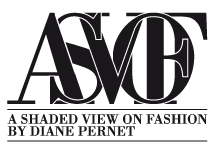Dear Shaded Viewers,
The couture shows for spring summer twenty twenty-four have just finished. I loved this season very much, but I was trying to work out why? In doing so, please bear with me, I wanted to track Paris Haute Couture to this season, to have a context and to see what, and when, had influenced this season’s impact.
Fashion history isn’t always made up of exact dates, and also there’s a certain amount of conjecture and legend in repeated stories. It isn’t fake news, or “wrong”, it’s just a bit vague.
Although haute couture had existed from the end of the eighteenth century, and indeed made to measure was the only way clothes were made, fashion shows didn’t happen until much later.
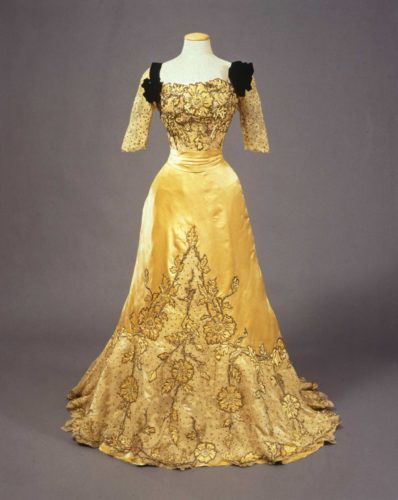
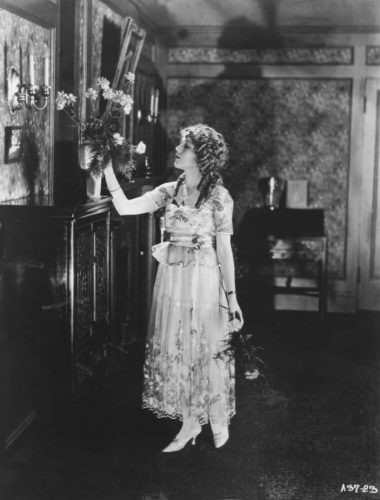
Charles Frederick Worth and -Mary Pickford in Maison Lucille
Charles Frederick Worth, the founder of his own couture house in 1858 had moved to Paris from England in 1845 and worked at Gagelin selling ladies fashions of shawls and fabrics, and the materials of fashion. Legend says that he asked his very pretty wife to model a shawl for a client, and the idea of a fashion model was born. Worth launched his house and included models wearing his clothes as part of the houses offering. It seems from later information that the models wore a black “maillot or covering top to toe, under everything, especially low cut or evening looks to neutralise the wearer. The mannequin, as in “dummy”, consequently was an even lower role in fashion than actress during these times. It’s important to remember how fashions at this time, and through to the dawn of the twentieth century, were complex in construction, opulent fabrics, and lavish decoration. The difference between rich and poor and the lives they led is clear through the disparity in clothes. It’s also important to note that although invented earlier, the first really recognisable sewing machines were only around from the 1850’s onwards and paper patterns, although their very beginnings is shrouded in mystery, not until the 1860’s. This obviously means that hand made at all levels was the only way to make clothes, indeed “couture” was all there was. I’ll return to this later, but it’s odd because fashion is weirdly backward at times for embracing the new, think how long after the invention of photography before fashion illustration is superseded by fashion photography?
To return to couture and fashion shows; in 1901 Lucile, the great London couturier, abolished the maillot worn under everything, and also discovered and trained beautiful girls to walk and model her creations. Her shows were real events, with music and poetry, etc, and you can get a glimpse of this through Julie Andrews, in “Star” where, as the actress Gertrude Lawrence, her difficult early performing days are supplemented by modelling. In 1910, Lucile opened in New York, and Billie Burke, later to be Glinda the Good Witch in “The Wizard of Oz” 1939, took her husband Florenz Ziegfeld to a Lucile show. He was entranced by the models and in spite of being assured by Lady Duff Gordon, Lucile, that they couldn’t do anything but walk, cast them in his Ziegfeld Follies and the chorus girl was born. It’s clear that the role of model had shifted, since the Lucile model Dolores became legendary as a Ziegfeld girl and modelling later became a pathway into Hollywood. See Myrna Loy, Lucille Ball, Lauren Bacall, and many others who modelled; I digress.
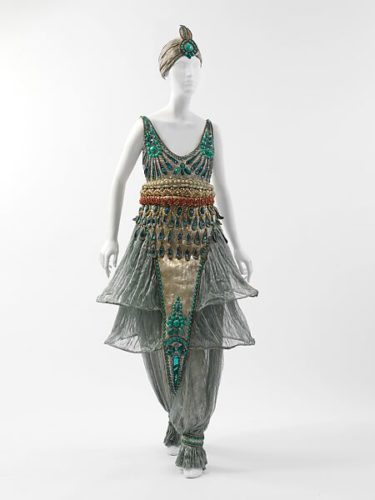
Paul Poiret
Once fashion shows, and gorgeous models, were born, couture wasted no time in making it part of the story. Paul Poiret not only did catwalk shows but took his models on tour and had them socialise at his parties wearing his latest creations, scented with Poiret fragrances and seated on his studio Martine designed furniture. Chanel taught her models how she wanted them to walk, pose and behave, indeed she did this with clients, since she disapproved of most other designers. In the 1920’s Jean Patou, Chanel’s greatest rival cast American models as sportier and taller not only to model his sportswear, but also as a great PR story.
By the late 1930’s the first show of a couture collection was a real event, truly an opening night. Right through until the nineteen seventies couture collections were shown with an opening, and then every afternoon for the clients in the salons at the house. Even today the first day after a press and client show is where the women, who really buy couture, go to be the first to get the dress exactly as it was shown.
Indeed, Dolce e Gabanna only sell one copy of each model from the runway and after that the colour, or something, must be changed. The danger of two clients turning up in the same dress in the rarified world of the super rich is thus avoided. Note this once happened for Givenchy with the one client being The Duchess of Windsor in 1966.
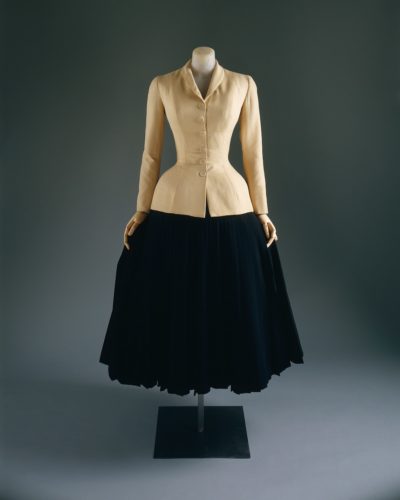
Christian Dior’s “New Look”
Coming more up to date, in 1947 the first showing of Christian Dior’s collection, which subsequently became known as the “New Look” sounds amazing. Client memories of buying at Dior couture and the information we have about the business of fashion at that time is very detailed. Skirts brushing past the audience’s laps, fights to gain a dress, etc. Hence “Mrs Harris goes to Paris” the book by Paul Gallico and subsequently filmed twice, and now Dior as a TV series.
However, once couture settled down through the next decades it boarded on the routine. Huge change would come about not from couture, but with a new generation of pret a porter designers. Although ready to wear clothes started to increase through the early decades of the twentieth century, it’s not until after the Second World War that pret a porter gradually infiltrated into couture.
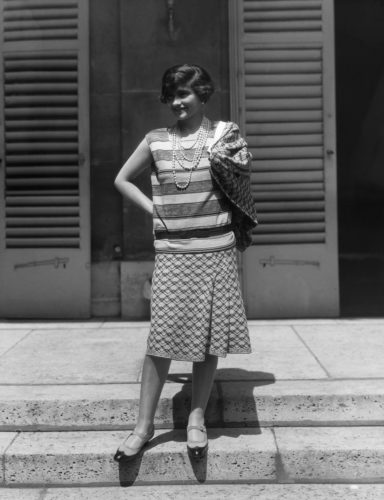
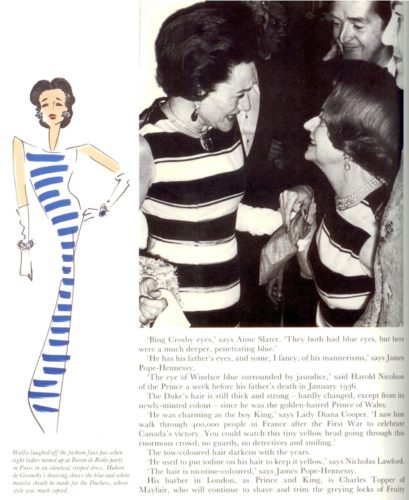
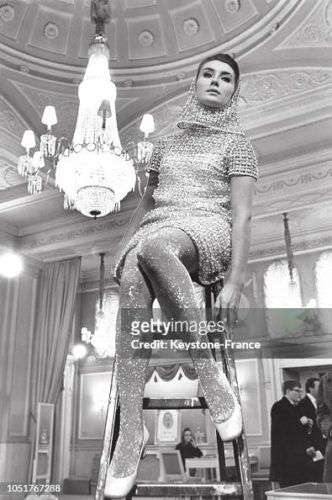
Coco Chanel and Givenchy and Miss Dior by Philippe Guibourge
Amazingly Hubert de Givenchy, who had designed for the boutique of Schiaparelli, launched ready to wear in 1954. It’s not until 1967 Miss Dior is launched by Philippe Guibourge, Rive Gauche by Yves Saint Laurent 1971 and so on, Philippe Guibourge also launched pret a porter in 1978 at Chanel during his time there from 1972-1982. Interesting that without him, Lagerfeld would only have had haute couture to play with.
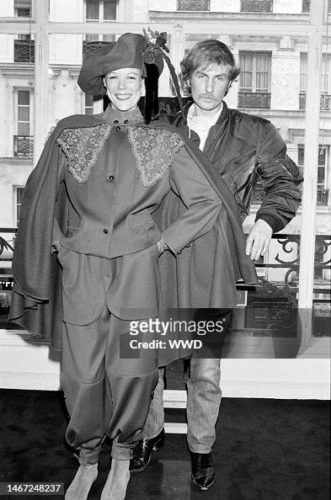

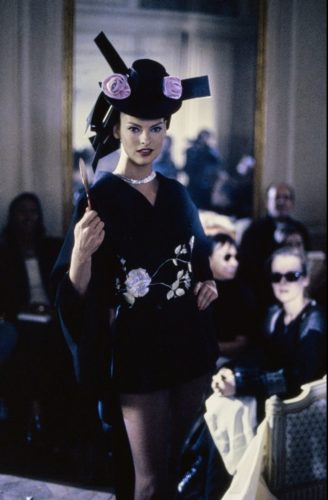
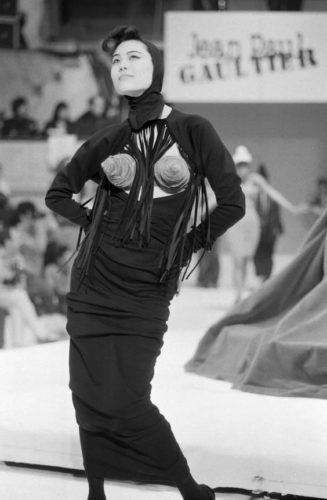
Kanzai Yamamoto, 1994 John Galliano and 1984 Jean Paul Gaultier
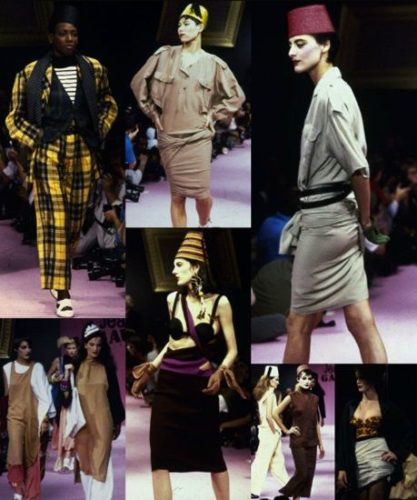
1984 Jean-Paul Gaultier’s “Le Retour de L’Imprime
We next come to the second half of the nineteen seventies and the group known as Les Createurs. Claude Montana, Thierry Mugler, Jean Paul Gaultier, Jean-Claude de Luca, Ann Marie Beretta, Kenzo and Kanzai Yamamoto, and many others, put on pret a porter shows that blew the audience away. Lavish, theatrical, with horses, princesses, space age themes, and crowds fighting to get in, shows at Le Bourse, in vast tents, sound systems ramped up to maximum volume, this was a new way of showing fashion. Designers like Jean-Remy Daumas and Popy Moreni used quirky themes; debutante balls, Fellini circus and entertained as much as presenting their collections. In 1981 Vivienne Westwood showed her first catwalk collection of “Pirates” and in 1984 John Galliano graduated with his “Incroyables” collection. Couture caught on fast and new ideas and new ways of presenting became the normal. In 1994 John Galliano presented his Princess collection at two years later he was at Christian Dior. Alexander McQueen also started his amazing shows 1993/94. Yet without the energy and creativity of the Paris pret a porter a decade earlier it’s doubtful this could have happened. In 1984 I remember fighting to gain acces to Jean-Paul Gaultier’s “Le Retour de L’Imprime” collection. In 1997 he launched his fabulous haute couture, but still Gaultier wanted to, in the words of Sergei Diaghilev founder of the Ballets Russes, “Etonne Moi!” Astonish me. That’s the magic of haute couture at its best, even if pret a porter led the way.
Later,
Tony Glenville
